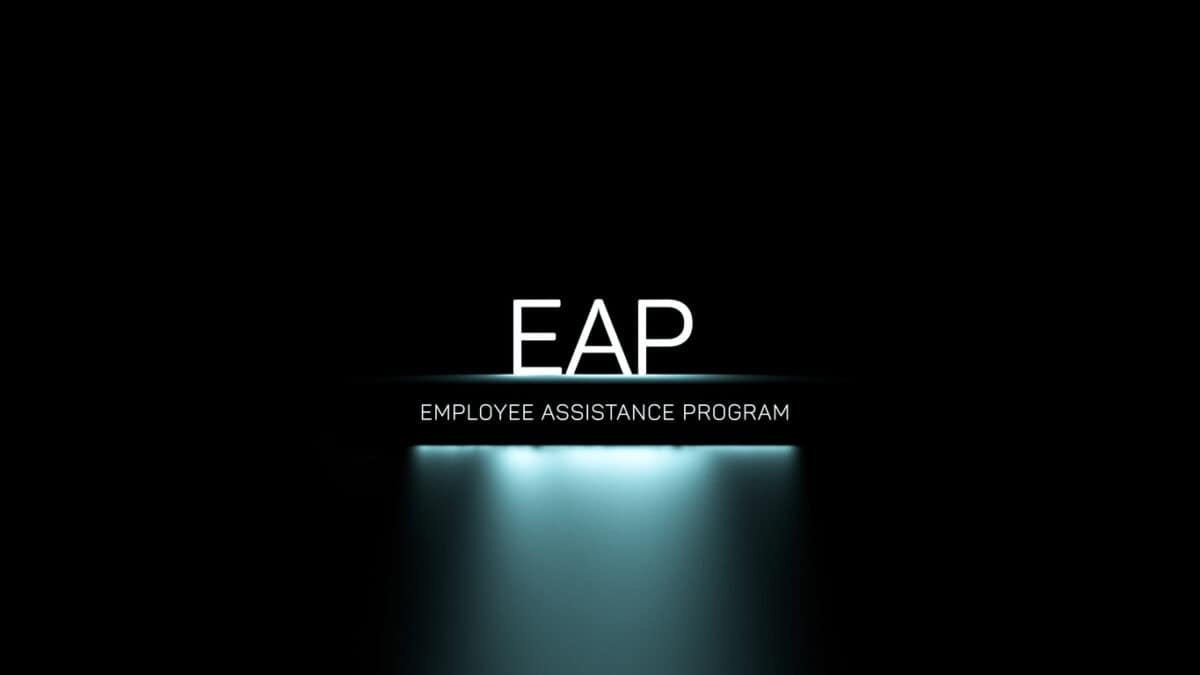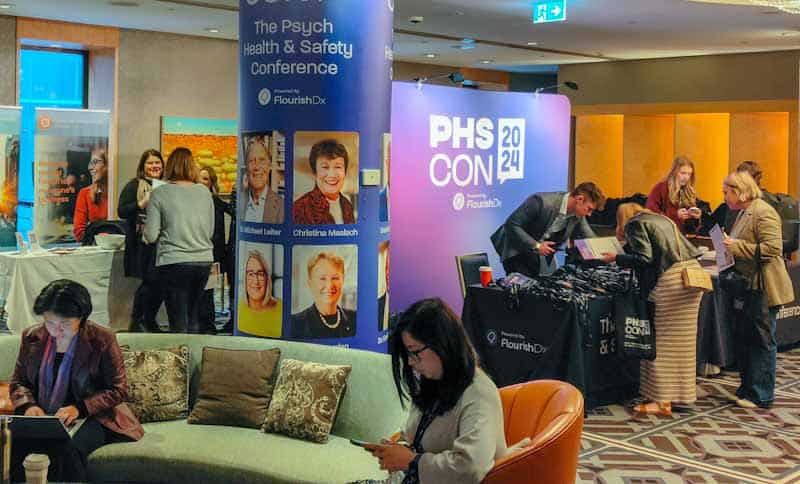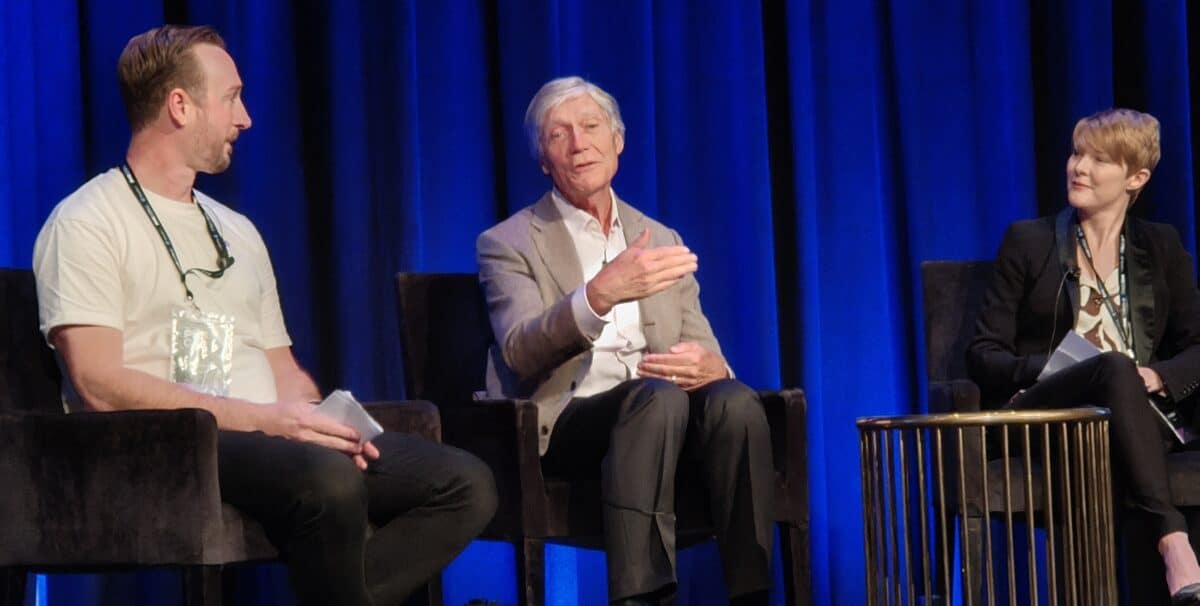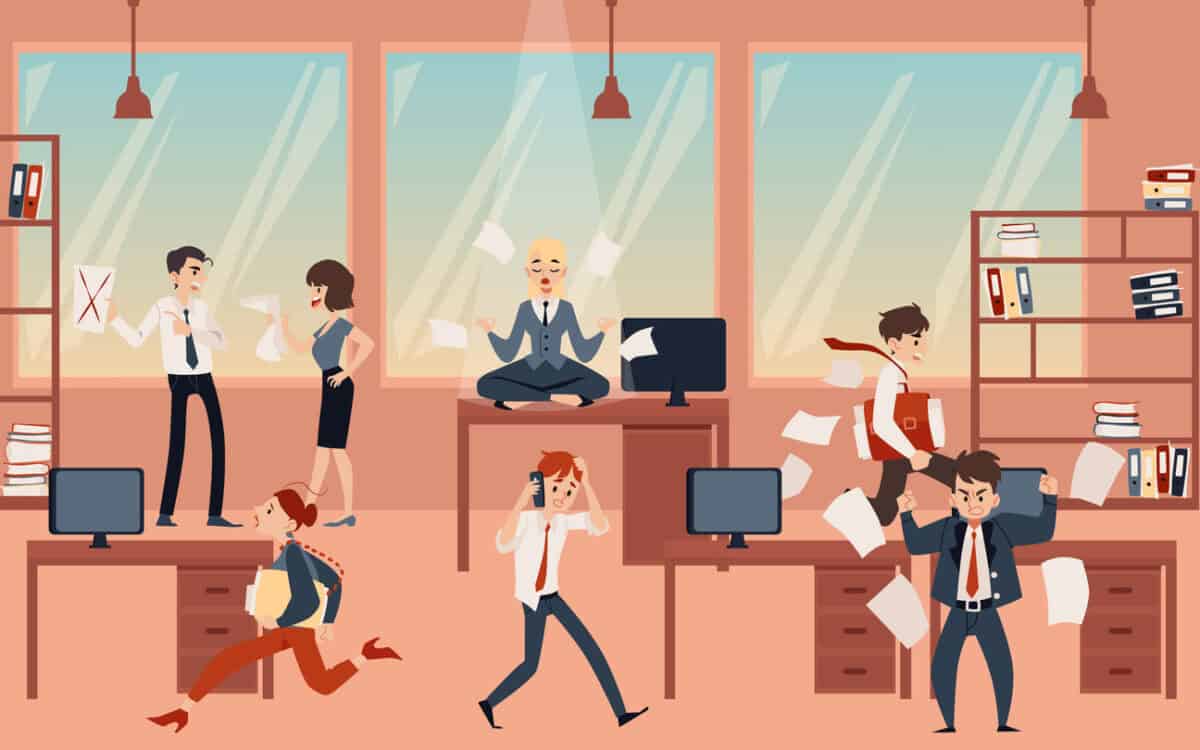There are two common approaches to addressing and preventing psychosocial hazards at work. One is to consider these hazards as originating within and affecting only workers and work processes. This looks at the hazards generated by work that affect work and downplays or dismisses factors from outside work. The other is to acknowledge that work is part of life, that socioeconomic factors affect workers’ mental health, and that job stresses similarly affect workers’ social lives. In both instances, the use of “worker” includes all levels of a management structure. Both approaches need evaluation for effectiveness.
Category: harassment
The first psychosocial hazards book
It has taken some time for an Australian to produce an affordable book on managing psychosocial hazards in the workplace. I have reservations about The Science of Happy Employees, self-published by Dr Brenda Jamnik. It is not the book I would write if I ever got off my arse to write one, but it seems to be the first that acknowledges the occupational health and safety (OHS) context of psychosocial hazards.
Addressing Psychosocial Hazards at Work: New Incident Notification Reforms
On the afternoon of Friday, August 1, 2024, Safe Work Australia (SWA) announced important changes to the incident notification obligations in Australia’s Model Work Health and Safety laws. These changes are particularly relevant to the issues of psychological harm in workplaces and work-related suicides. I asked SWA for some clarifications on the changes and the promised guidance.
Below are the questions that I submitted to Safe Work Australia and CEO Marie Boland‘s responses.
Warning: this article discusses suicide
The OHS context is almost missed as EAP bodies scrap
The increased interest in preventing and managing psychosocial hazards at work should draw more attention to a service that many employers rely on to handle this issue: Employee Assistance Providers (EAPs).
Recently, The Age newspaper ran an article called “Employers spruik workplace wellbeing services. But who is picking up the phone?” (paywalled). The hard copy article was “Doubts raised on workplace wellbeing services”. Both articles reported on EAP services that are not always being provided by qualified clinical psychologists, as these services used to be.
Is the Psych Health and Safety Conference worth attending?
Recently, Sydney, Australia, experienced the inaugural Psych Health and Safety conference managed by Flourishdx, a prominent Australian consultancy that identifies and helps companies manage psychosocial hazards at work. There were around 400 delegates in person and online. The conference was a gamble for Flourishdx, and it largely paid off, but contrary to some of the overly effusive posts on LinkedIn, it was a curious beast.
Initial report on Psych Health and Safety Conference
Half way through Day 1 of the Psych Health and Safety Conference and it often feels like we are sitting at a dinner party of organisational psychologists, listening in to a conversation of respectful work colleagues. Some conversations are honest, some are uncomfortable and some are reassuring, but all are interesting.
A mental health book for leaders and HR professionals
Australian lawyer Fay Calderone has published a book called “Broken to Safe – Tackling Toxic Workplace Cultures and Burnout”. The intended readership seems to be “leaders” and Human Resource (HR) professionals. Occupational health and safety (OHS) is mentioned occasionally, but OHS professionals will find much to frustrate them about this self-published book.







